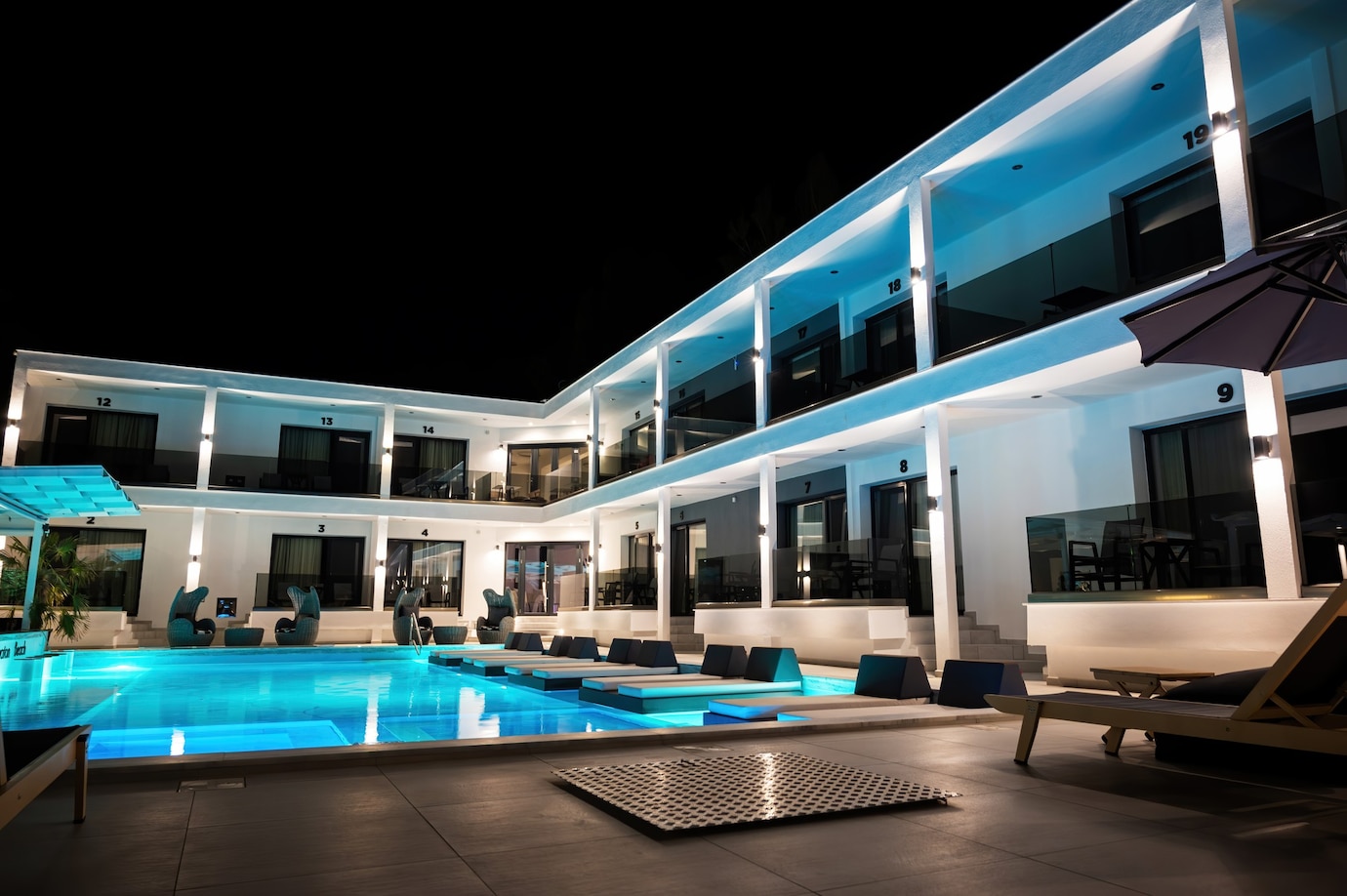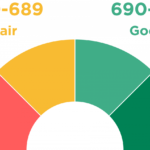Best LED grow lights are a type of lights that is specifically designed to help plants grow. Unlike traditional lights, which emit a lot of heat and can be harmful to plants, LED grow lights emit very little heat and are much safer for plants. In addition, LED grow lights are much more efficient than traditional lights, meaning they use less energy and last longer.
Unlike traditional grow lights that emit a broad spectrum of light, LED grow lights can be tuned to specific wavelengths of light that plants need for optimal growth. This allows for more efficient use of energy as well as more targeted light delivery to the plants.
How do LED grow lights work?
Best LED grow lights work by emitting a specific wavelength of light that is beneficial for plant growth. Plants need light in the blue and red spectrum for photosynthesis, and LED grow lights can be tuned to emit light in these specific wavelengths. This makes them more efficient for plant growth than traditional grow lights, which emit a broader spectrum of light.
LED grow lights are also more energy efficient than traditional grow lights, as they use less power to emit the same amount of light. This is due to the fact that LEDs are more efficient at converting electricity into light than traditional light bulbs. This means that you can save money on your electricity bill by using LED grow lights.
Why use LED grow lights for Indoor Gardening?
There are many reasons to use Light Emitting Diodes (LEDs) for indoor gardening
LED grow lights emit very little heat
LED grow lights are known for emitting very little heat. While they consume more energy than other types of grow lights, they use less power per square foot of grow space. This is important to remember in the event of a power outage, as other types of grow lights can create more heat, which could cause the surrounding area to get too warm, even dangerous, for your plants.
Energy-efficient and can save you money on your electric bill
Compared to other types of grow lights, such as HID grow lights, LED grow lights are much more energy-efficient. This means that for the same amount of lumens that HID systems produce; you’ll need fewer LEDs, which will obviously save you money. Because LED grow lights are so energy-efficient, you may even be able to offset the extra cost of the LEDs over HID lights by simply reducing the length of time that your lights run each day. This will reduce the amount of energy your lights use and the amount you pay for utilities.
Provide the perfect light spectrum
LED grow lights provide the perfect light spectrum for your plants’ growth and flowering stages. During the vegetative stage, plants grow leaves and stems, but do not create flowers or seeds. This is when your plants need a lot of light to grow, but not necessarily a lot of red or blue light, which are what HID lights provide. LED lights provide your plants with just enough light to encourage healthy vegetative growth. HID lights, on the other hand, provide an abundance of blue and red light, which is great for the vegetative stage, but not so great for the flowering stage, when your plants want more light, but not so much blue light.
Long lifespan
LED grow lights have a long lifespan. Depending on the type of LED grow light, you can expect it to last at least 50,000 hours, or about 4 years if you run it 12 hours a day. This means you won’t have to replace your grow lights for a very long time. HID lights, meanwhile, have an average lifespan of about 1,000 hours.
LEDs come in a variety of colors
While many people associate white light with LED grow lights, they actually come in a variety of colors, including red, blue, green, yellow, and more. You can use these different colors to manipulate your plants’ flowering and growth stages. Red light, for example, stimulates flowering in plants. Blue light, on the other hand, promotes vegetative growth.
More compact than other types of grow lights
LED grow lights are more compact than other types of grow lights, including HID lights. This is important when it comes to choosing a grow light for your indoor garden, as you’ll want to make sure that you leave enough room for your plants to grow. A compact grow light will allow you to grow more plants in the same amount of space as other grow lights.
How to choose the right LED grow light?
There are a few things to consider when choosing an LED grow light.
- The first is the size of your grow space. If you have a large space, you’ll need a light with a high output. If you have a small space, you can get away with a light that has a lower output.
- The next thing to consider is the type of plants you’re growing. Some plants require more light than others. If you’re growing plants that need a lot of light, you’ll need an LED grow light with a higher output.
- Finally, you’ll need to consider the price. LED grow lights can range in price from a few hundred dollars to a few thousand dollars. Choose the light that fits your budget and your needs.
Tips on Using Best LED grow light
Here are some tips on using LED grow lights to get the best results:
Choose the right LED grow light for your needs.
There are different types of LED grow lights available on the market, so it’s important to choose one that’s suited for your particular setup. For example, if you’re growing plants in a small space, you’ll need a light with a narrower beam angle.
Place your LED grow light at the right distance from your plants.
If the light is too close, it can damage the leaves, and if it’s too far away, the plants not get enough light. A general rule of thumb is to place the light about 12-18 inches (30-45 cm) away from the tops of the plants.
Make sure your grow room has good ventilation.
LED grow lights produce a lot of heat, so it’s important to have a good ventilation system in place to keep the air cool and circulate fresh air.
Use a timer to control the light cycle
Plants need a certain amount of darkness to grow properly, so it’s important to use a timer to turn the lights off for a portion of the day. A common light cycle for plants is 16 hours of light followed by 8 hours of darkness.
Keep an eye on the temperature.
As mentioned, LED grow lights produce a lot of heat, so it’s important to monitor the temperature in the grow room to.



